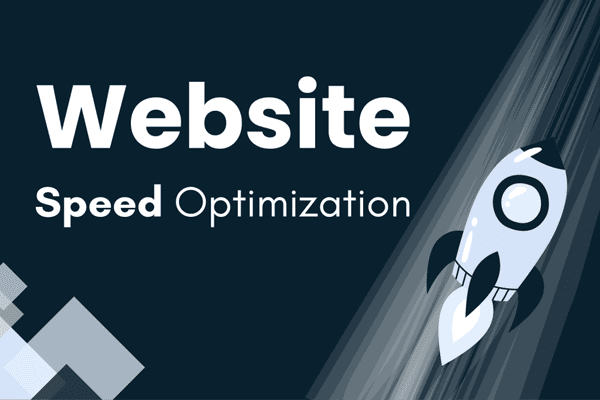In today’s digital world, having a healthcare website is no longer optional; it’s essential. Whether you’re a solo practitioner, a multi-specialty clinic, or a hospital, a robust online presence can transform how you interact with patients, deliver services, and grow your practice. This article explores how a healthcare website can revolutionize your practice, touching on key benefits, features, and strategies to maximize its potential.
1. Why Every Healthcare Practice Needs a Website
The internet has become the first place people turn to for health-related information. According to recent studies, over 77% of patients search online before booking an appointment. A well-designed website ensures you meet this audience where they are, providing a professional image and valuable resources.
2. Enhanced Accessibility for Patients
A healthcare website offers patients 24/7 access to information about your services, locations, and contact details. This convenience is especially important for busy patients who may not have time to call during business hours. With just a few clicks, they can find answers to their questions and take the next step.
3. Online Appointment Scheduling
Gone are the days of back-and-forth phone calls. By integrating an online appointment booking system into your website, you make it easy for patients to schedule visits at their convenience. This not only reduces administrative burden but also improves patient satisfaction.
4. Building Trust Through Educational Content
A healthcare website is a platform to establish your authority in the field. By publishing blogs, articles, and videos on topics relevant to your patients, you can build trust and become a go-to resource for reliable health information. Topics like “How to Manage Diabetes” or “Top Tips for Healthy Living” resonate with audiences and enhance your credibility.
5. Streamlined Communication with Patients
Features like live chat and contact forms allow you to address patient inquiries quickly and effectively. Whether they need information about a procedure or clarification on insurance coverage, a prompt response can significantly improve their experience.
6. Improved Patient Engagement with Portals
Patient portals integrated into your website allow individuals to view medical records, track appointments, and even request prescription refills. This personalized interaction fosters a deeper connection between patients and your practice, encouraging loyalty.
7. Attracting New Patients
A website optimized for search engines (SEO) ensures that potential patients can find you when searching for relevant keywords. By appearing at the top of search results for terms like “best pediatrician near me” or “urgent care clinic,” you can drive significant traffic to your site and attract new patients.
8. Showcasing Your Expertise and Services
Your website acts as a digital storefront, showcasing your qualifications, certifications, and specialized services. Highlighting success stories, patient testimonials, and case studies adds another layer of credibility, helping prospective patients feel confident in choosing your practice.
9. Seamless Integration with Telehealth Services
With the rise of telehealth, a website is the perfect platform to offer virtual consultations. Patients can book and attend appointments without leaving their homes, making healthcare more accessible and convenient.
10. Cost-Effective Marketing Tool
Compared to traditional advertising, a website is a cost-effective way to promote your practice. Social media integration, email newsletters, and blogs help you reach a broader audience without spending a fortune on marketing campaigns.
11. Enhancing Operational Efficiency
Automating administrative tasks through your website, such as appointment scheduling, patient intake forms, and billing, frees up staff to focus on patient care. This streamlined approach boosts overall efficiency in your practice.
12. Building Patient Communities
A healthcare website can foster a sense of community through forums or discussion boards. These spaces allow patients to share experiences, ask questions, and receive support, creating a stronger bond between them and your practice.
13. Real-Time Updates and Announcements
Keeping patients informed about new services, office hours, or health advisories is easy with a website. Regular updates ensure they stay engaged and informed, strengthening their trust in your practice.
14. Adapting to Mobile Users
With more than 60% of web traffic coming from mobile devices, a responsive design is crucial. Your healthcare website should look and function seamlessly on smartphones and tablets, providing a great user experience regardless of the device.
15. Gaining Insights Through Analytics
Modern healthcare websites come with tools to analyze visitor behavior. By tracking metrics like page views, bounce rates, and appointment bookings, you can gain insights into what’s working and where improvements are needed.
16. Promoting Preventative Care Initiatives
Your website can be a hub for promoting preventative care. Share seasonal health tips, vaccination drives, or fitness challenges to encourage healthier lifestyles and increase patient engagement.
Conclusion: The Future is Digital
Investing in a healthcare website isn’t just about keeping up with the times—it’s about transforming your practice for the better. From increasing patient accessibility to boosting engagement and operational efficiency, the benefits are undeniable. A well-designed, content-rich, and user-friendly website can set your practice apart in a competitive landscape.
Take the first step today, and let your website become the cornerstone of your healthcare practice’s growth and success.












